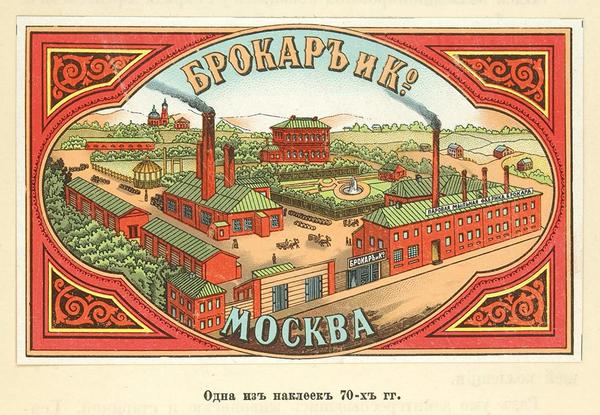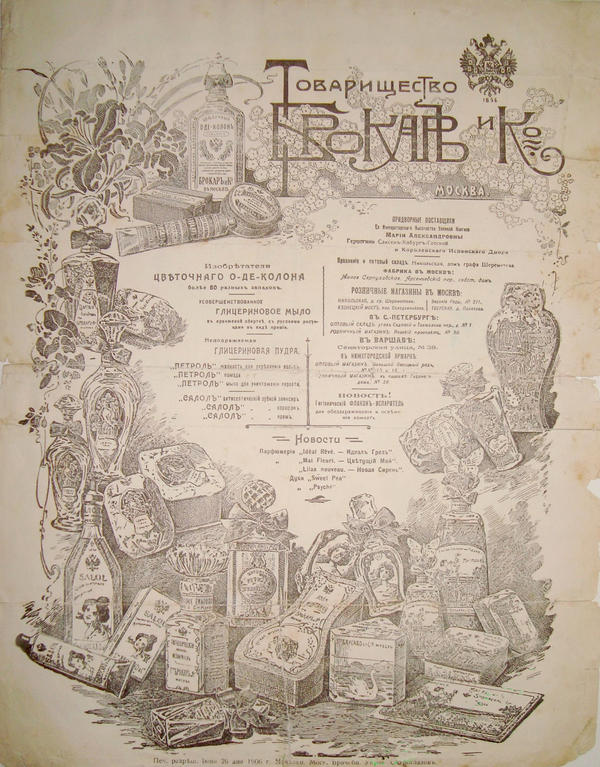The first long glass-shaped face powder boxes were popular as early as with ancient Egyptian women. In the ancient Egypt, powder was mainly prepared of white clay and later this tradition of Egyptians was adopted in ancient Rome as well. In Rome, women used a mixture of white lead and chalk instead of powder made of loose clay. In the Middle Ages in European countries the powder was forgotten, it became a popular fashion again only at the beginning of the 14th century with the onset of the Renaissance. The face powder boxes have become a common part of the lady’s beauty toilette ever since.
Face Powder Box
Время создания
Тhe begining of the 20th century
Размер
8x5x5 cm
8х5х5 см
8х5х5 см
Техника
Сardboard
Выставка
0
Открыть в приложении#1
Face Powder Box
#3
#7
Beginning from the 17th century, women used powder not only for face, neck and décolleté zone, but also for wigs and complicated hairstyles. By that time, the rice powder recipe was brought in from the East, and clay and whitewash were out of use. The rice powder came to Russia from Europe together with fashion wigs during the reign of Peter I. But its mass production was launched only in the second half of the 19th century – exactly at that time the first factories manufacturing face powder appeared in the country.
#8
The face powder displayed at the museum exposition was made in the early 20th century at Moscow factory Partnership Brocard and Co. On the lead of the brand box on its right side there is the manufacturer’s name, and on the left there is the name of the powder itself - Lebyazhiy pooch (‘Swan Down’). The box is decorated with a painting of three swans and a white water lily.
#4
Trading House Brocard and Co
#5
Heinrich Brocard is a Russian perfumer of French origin, philanthropist and collector. Brocard gained his money to run his own business in Russia - 25 thousand francs - from selling a patent for production of concentrated perfumes According to different data, he launched his first factory in Moscow in 1864 or in 1869. Its products line had varieties of soaps, perfumes, lipsticks and face powders. To attract clients from the very beginning, the counters of Brocard’s shop offered soap Sharom at affordable price of 5 kopeks only, and that is what even poor people could buy it.
#9
Shortly after it Popular Soap appeared on sale with a price of one kopek, and at the fairs, where goods from the factory were trading regularly, peasants purchased a full set for their wives and daughters at an attractive price of 3 kopeks: a bar of soap, a box of face powder and a lipstick.
#10
The real fame came to the perfumer by Trading House Brocard and Co, opened in 1871. A year later, the first brand store appeared in Nikolskaya Street offering mass market products: from inexpensive to elite ones. The choice of soap was also widened with mint, coconut and glycerin types.
Many times, the firm received awards and prizes. The World Fair in Paris brought a bronze medal to Brocard 's goods in 1878 and the golden medal for Persian Lilac perfume in 1889. Above this, the products won two awards at Russian exhibitions, got an honorary diploma in Philadelphia, and were awarded the Grand Prix in Boston in 1884 and in Chicago in 1893.
#6
In the lower right half of the advertising poster there is Swan Down face powder box.
#11
In 1893, Trade House Brocard and Co changed its name for Partnership Brocard and Co, that officially became the property of the Brocard family. Starting from 1896 a stamp of the Coat-of-arms of the Russian Empire with a double-headed eagle appeared on the boxes and packages of all Brocard 's products, and the firm became a purveyor to the Russian Imperial Court.
читать дальшескрыть
00:00
00:00
1x
Face Powder Box
Время создания
Тhe begining of the 20th century
Размер
8x5x5 cm
8х5х5 см
8х5х5 см
Техника
Сardboard
Выставка
0
Открыть в приложении
Поделиться





